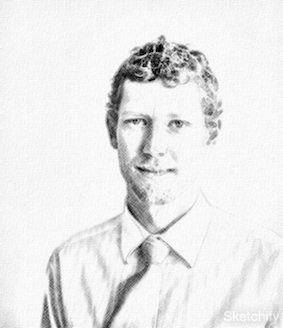Impact of a Search Engine on Clinical Decisions Under Time and System Effectiveness Constraints: Research Protocol
Authors:




Abstract
Background: Many clinical questions arise during patient encounters that clinicians are unable to answer. An evidence-based medicine approach expects that clinicians will seek and apply the best available evidence to answer clinical questions. One commonly used source of such evidence is scientific literature, such as that available through MEDLINE and PubMed. Clinicians report that 2 key reasons why they do not use search systems to answer questions is that it takes too much time and that they do not expect to find a definitive answer. So, the question remains about how effectively scientific literature search systems support time-pressured clinicians in making better clinical decisions. The results of this study are important because they can help clinicians and health care organizations to better assess their needs with respect to clinical decision support (CDS) systems and evidence sources. The results and data captured will contribute a significant data collection to inform the design of future CDS systems to better meet the needs of time-pressured, practicing clinicians.
Objective: The purpose of this study is to understand the impact of using a scientific medical literature search system on clinical decision making. Furthermore, to understand the impact of realistic time pressures on clinicians, we vary the search time available to find clinical answers. Finally, we assess the impact of improvements in search system effectiveness on the same clinical decisions.
Methods: In this study, 96 practicing clinicians and final year medical students are presented with 16 clinical questions which they must answer without access to any external resource. The same questions are then represented to the clinicians; however, in this part of the study, the clinicians can use a scientific literature search engine to find evidence to support their answers. The time pressures of practicing clinicians are simulated by limiting answer time to one of 3, 6, or 9 min per question. The correct answer rate is reported both before and after search to assess the impact of the search system and the time constraint. In addition, 2 search systems that use the same user interface, but which vary widely in their search effectiveness, are employed so that the impact of changes in search system effectiveness on clinical decision making can also be assessed.
Results: Recruiting began for the study in June 2018. As of the April 4, 2019, there were 69 participants enrolled. The study is expected to close by May 30, 2019, with results to be published in July.
Conclusions: All data collected in this study will be made available at the University of Queensland’s UQ eSpace public data repository.